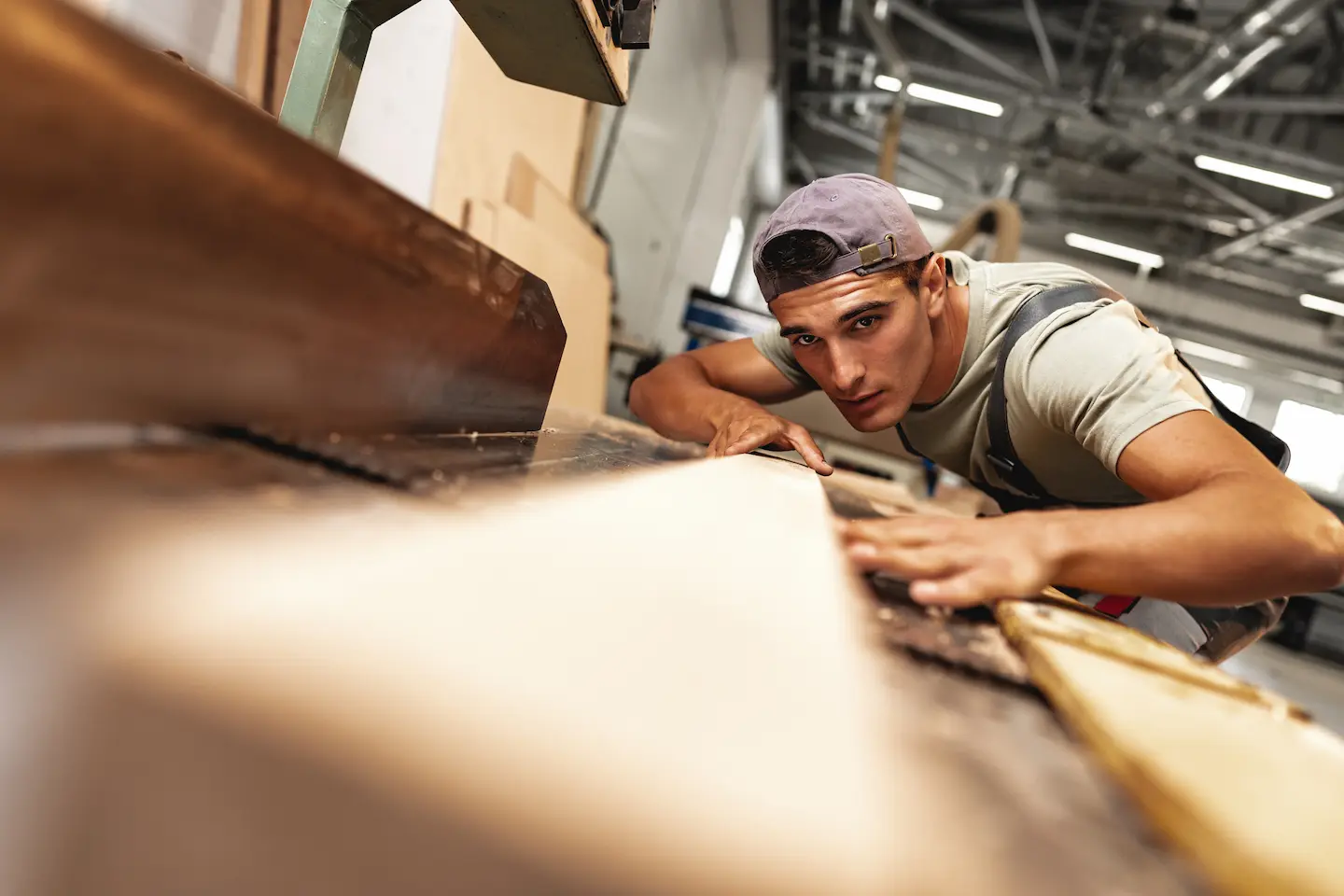Installing timber trusses instead of building rafters offers several advantages that make them a practical choice for many construction projects. Timber trusses are prefabricated, ensuring consistent quality and reducing the time required for on-site construction. This prefabrication also minimizes labor costs, as trusses arrive ready to install, eliminating the need for complex cutting and assembly. Additionally, trusses are engineered for optimal strength and load distribution, allowing them to span greater distances without requiring interior support, which maximizes usable space inside the structure. Their precision design also makes them more reliable under heavy loads, such as snow or wind, compared to hand-built rafters.
Trusses are often more cost-effective in the long term, as their efficient use of materials reduces waste during production. They also allow for faster project timelines, which is particularly advantageous for large-scale or time-sensitive builds. Furthermore, trusses can be customized to accommodate various architectural designs, including vaulted ceilings or unique roof shapes, offering greater flexibility in aesthetic and functional planning. Their uniformity contributes to better alignment and easier installation of roofing materials, enhancing the overall durability of the roof. In contrast, building rafters on-site requires more skilled labor, time, and material management, which can increase costs and introduce variability into the structure.






